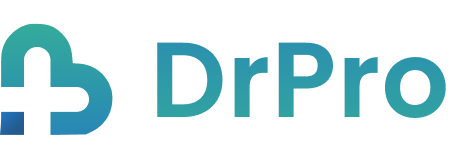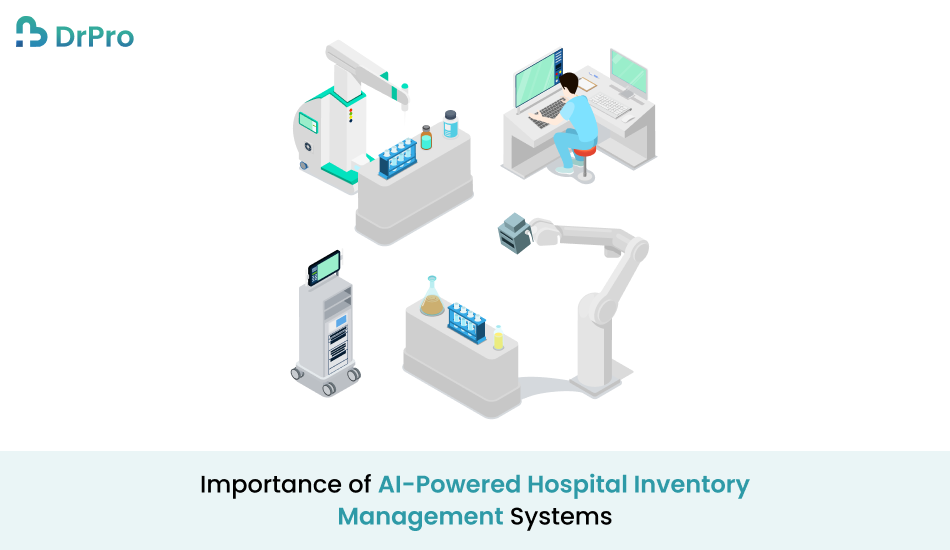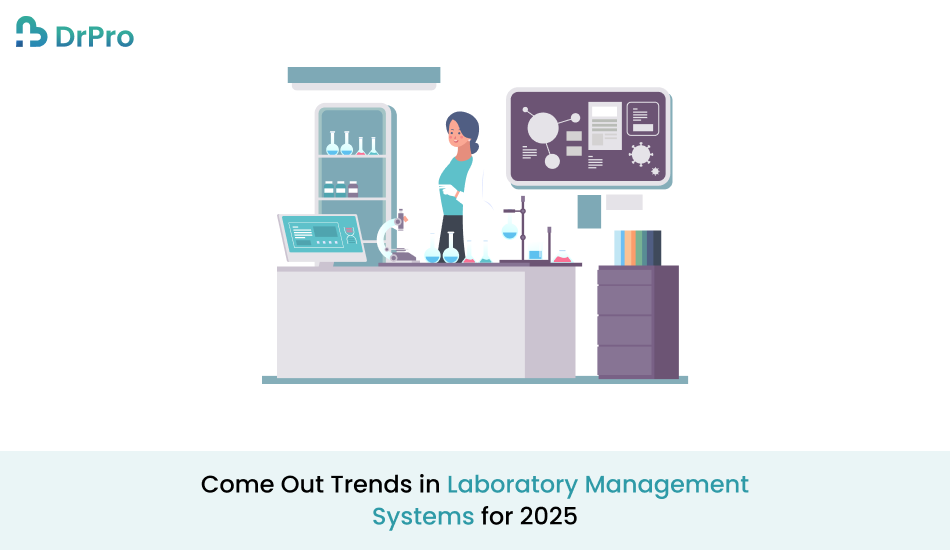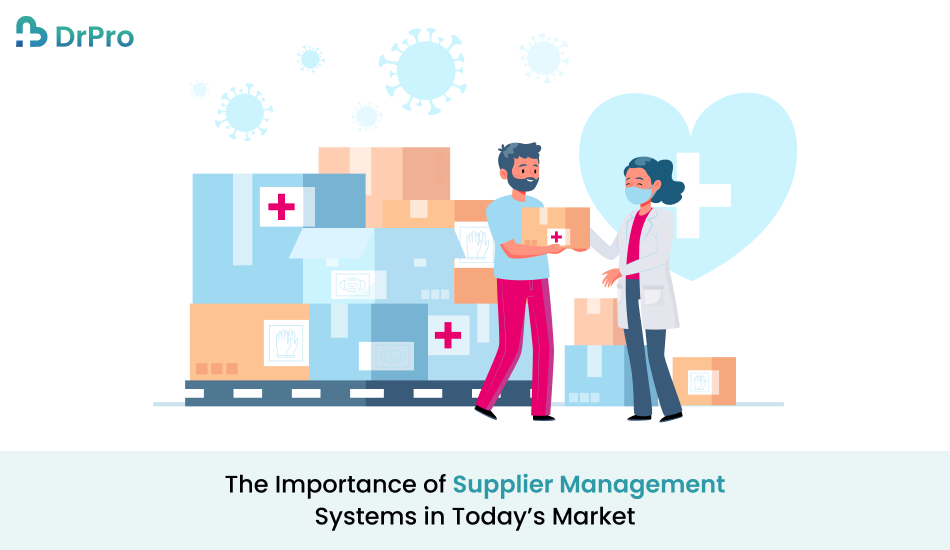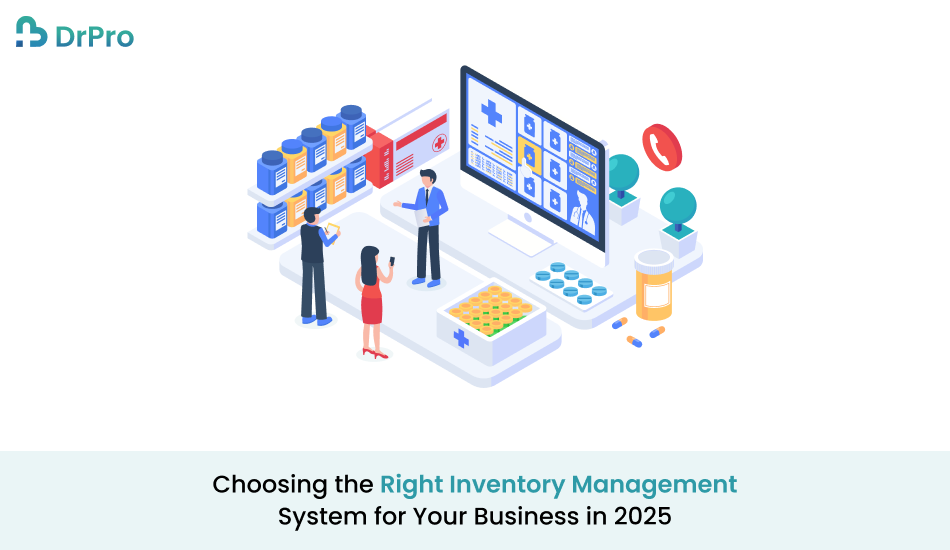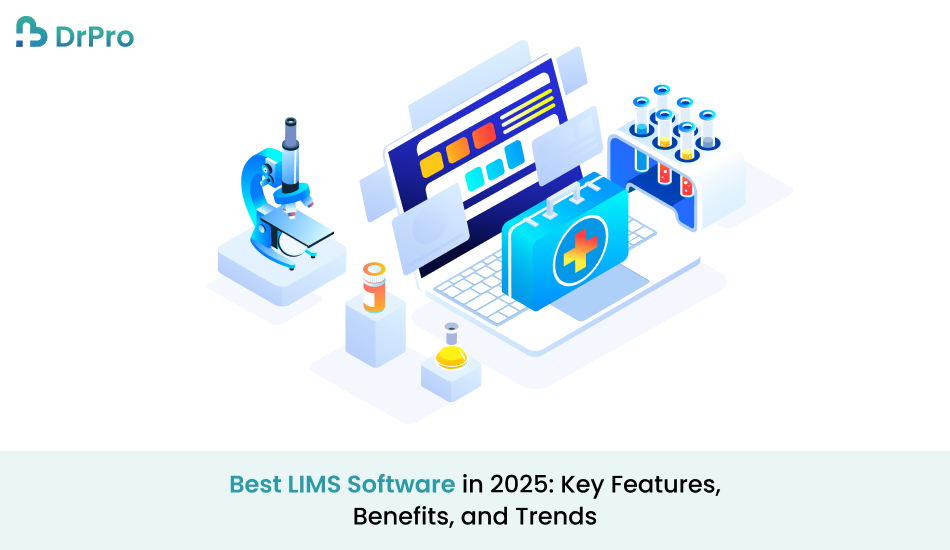Importance of AI-Powered Hospital Inventory Management Systems
In the era that we are currently in with globalization in healthcare, hospitals, and healthcare providers are under increasing pressure to deliver optimum quality, safe and cheap care. However, one of the most essential aspects of healthcare operations that we may hardly pay attention to is inventory. Most hospitals use many products, drugs, tools, and other necessities to function properly. However effective utilization of these resources is not an easy task and consumes a lot of time. That is why AI-powered hospital inventory management systems come into play. AI and other digital technologies are expanding how hospitals can run their inventory for the better, more efficiently, and at less cost. Due to the convenience that comes with need forecasting, stock positioning, and automation of appropriate activities, AI systems have transformed the way hospitals go about inventory. This article will analyze the role of hospital inventory management systems based on artificial intelligence, considering what advantages such systems offer to healthcare providers, what issues need to be addressed in this sphere, and what kinds of prospects artificial intelligence has in the sphere of hospital inventory management systems in the future. How AI and Advanced Digital Technologies are Revolutionizing Healthcare Inventory Management The traditional ways of Hospital Inventory Management tracking in hospitals involve paper-based tracking, spreadsheets, or outdated software, and time-consuming unreliable, and expensive. Health care provider requires a smarter and more automated form of solution so that they can maintain the correct inventory all the time. The application of new theories in AI and advanced digital technologies have righteousness brought remarkable changes in the inventory management of hospital forms such as real-time insights, prediction ability, automation, and integration. The use of AI has also been found to enhance inventory usage patterns, foretell future requirements, supply chain management, and discourage wastage in hospitals. It also assists in the increase of operational effectiveness but most importantly the provision of quality patient services. AI-based systems use algorithms to process historical data, define trends, and forecast the requirements of medical supplies, medicine, and equipment. The use of this technology can help hospitals achieve the right balance in that they cannot overstock or understock important products. Moreover, they also can order the supplies when they are low and send the reorders to the suppliers without intervention, thus keeping important resources available all the time. Another benefit of AI for managing healthcare inventory is the capability to easily connect with other systems of the hospital including EHR, HIS, and PMS. This integration creates interoperability throughout departments that facilitate the work of the staff in managing inventory in a collaborative and informed way. Benefits of Implementing AI and Advanced Technologies in Hospital Inventory Management The application of AI and other high technologies in managing inventories of a hospital comes with immense value that can favorably transform the functionality of the hospital focusing on cost reduction and effective delivery of health care. 1. Improved Efficiency and Time Savings Some of the tasks previously done manually involve monitoring of stock, ordering, and accounts receivable processes, and all these are accomplished by AI-based inventory systems. When implemented, this results in large-scale saving of time by the hospital’s staff, leaving them to work much more on relevant priorities like attending to the patients. It also discourages possibilities of errors arising from manual tracking, unlike mechanical methods which are automatic. Example: When a hospital adopts an AI-powered system to handle its supplies and inventory, then the system can be used to order supplies or monitor the supplies’ stock without involving the hospital’s employees in labor-intensive tasks such as counting the stocks. 2. Cost Reduction and Waste Minimization Hospitals are aware that an accurate forecasting mechanism can be implemented with the help of artificial intelligence and then the current stock can be adjusted according to the forecast. This brings efficiency in stock holding since over-holding or underholding of stocks is expensive for a hospital. A key problem of overstocking is that resources and capital are cycled through inventory, which is wasteful, and understocking is equally problematic because it leads to stock-outs that can limit patient care or necessitate overly expensive hospital purchases. Example: A hospital applying an AI-based system for the management of inventory might discover that they can cut the expenditure on sales of drugs that have gone bad by coming up with an efficient means of determining the shelf-life and usage rate of the products in the store. 3. Enhanced Patient Care Incorporating artificial intelligence in the management of the hospital’s inventory has a major advantage in enhancing the welfare of the patients. That way, quality healthcare can be delivered through timely and efficient, following the delivery model of adequate supplies. They get to reduce instances whereby equipment or medications go missing and hence patients never get the treatment they require at the right time. Example: Should an AI decide that the number of ventilators will be high during the flu season, the system helps order more stock so that the hospital does not run out as well as not order too much and end up with a surplus. 4. Real-Time Inventory Tracking In the same way, inventory is accurately tracked and monitored resources are in real-time, thus hospitals can have current information on the level of stock and expiring products and their usage frequency. So that, hospitals can have the proper views to replenish the stock, and manage the inventory as well as the supply chain properly. Example: Staff gets alerted when certain product inventories, particularly unavoidable resources, used in treating patients such as blood pressure cuffs or surgical instruments are dwindling and before they reach their minimum acceptable level, the hospital can order more. 5. Better Forecasting and Demand Prediction Predictive analysis can be done based on the past records of usage and estimated requirements based on them may be projected. This predictive capability assists the hospitals in ensuring that they never run out of stock as well as do not overstock. Example: If a hospital knows that it has
Importance of AI-Powered Hospital Inventory Management Systems Read More »

